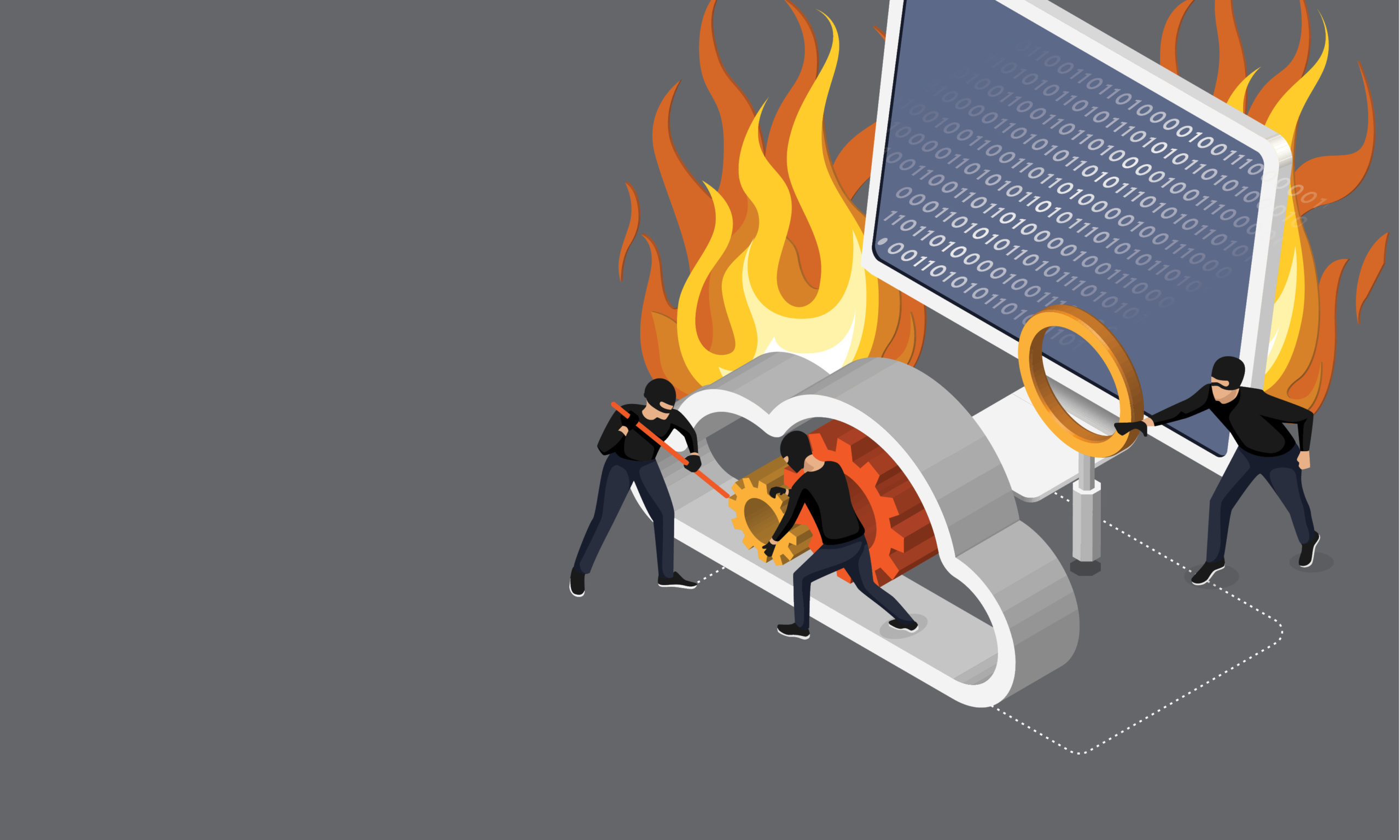Cybersecurity Can No Longer Be on the Backburner (Webinar Recap)
May 5, 2021
Highlights the biggest cybersecurity threats to small and mid-sized businesses, along with how to increase security, even if you don’t have an IT team.
Highlights the biggest cybersecurity threats to small and mid-sized businesses, along with how to increase security, even if you don’t have an IT team.

With everything business owners have to deal with, cybersecurity often gets pushed aside. There’s always a more immediate fire to put out. Yet hackers have become so sophisticated that cybersecurity can no longer be on the backburner. One attack can quickly shut down your entire operation for days, even weeks, and it’s very expensive to recover from the event.
On May 4, 2021, we sat down with Jonathan Sherman, Vice President at Evolve MGA, and Scott Minneman, Information Security Manager at NetStandard, to talk about the biggest cyber threats to small and mid-sized businesses, along with how to increase security, even if you don’t have an IT team.
The most common attacks right now are ransomware and wire transfer fraud. All types of attacks have been on the rise due to COVID-19 because people continue to work remotely. Companies must stay proactive by keeping software up to date, use multi-factor verification on remote access and require employees to update passwords regularly. Still, these are only basic steps to take. Especially if you have employees using laptops in the office, at home and everywhere in between.
Companies are often resistant to adding cybersecurity because they have higher priorities at the moment. In many cases, companies look at cybersecurity wrong – You can’t monitor your systems for deterioration or signs that a problem is on the horizon. It tends to be that one day you are okay, then the next day, disaster strikes.
What can small and mid-sized companies do? Proactive steps to bolster security must be taken. If you have trouble prioritizing cybersecurity, take it one step at a time. Employee training and multi-factor verification are great ways to start. Another key step: think about what data you have and where it is (on-site servers, personal cloud storage, email, employee laptops, marketing automation, etc.). You can also reach out to companies such as NetStandard, Evolve MGA or your broker for expert guidance and resources because cybersecurity can easily get overwhelming.